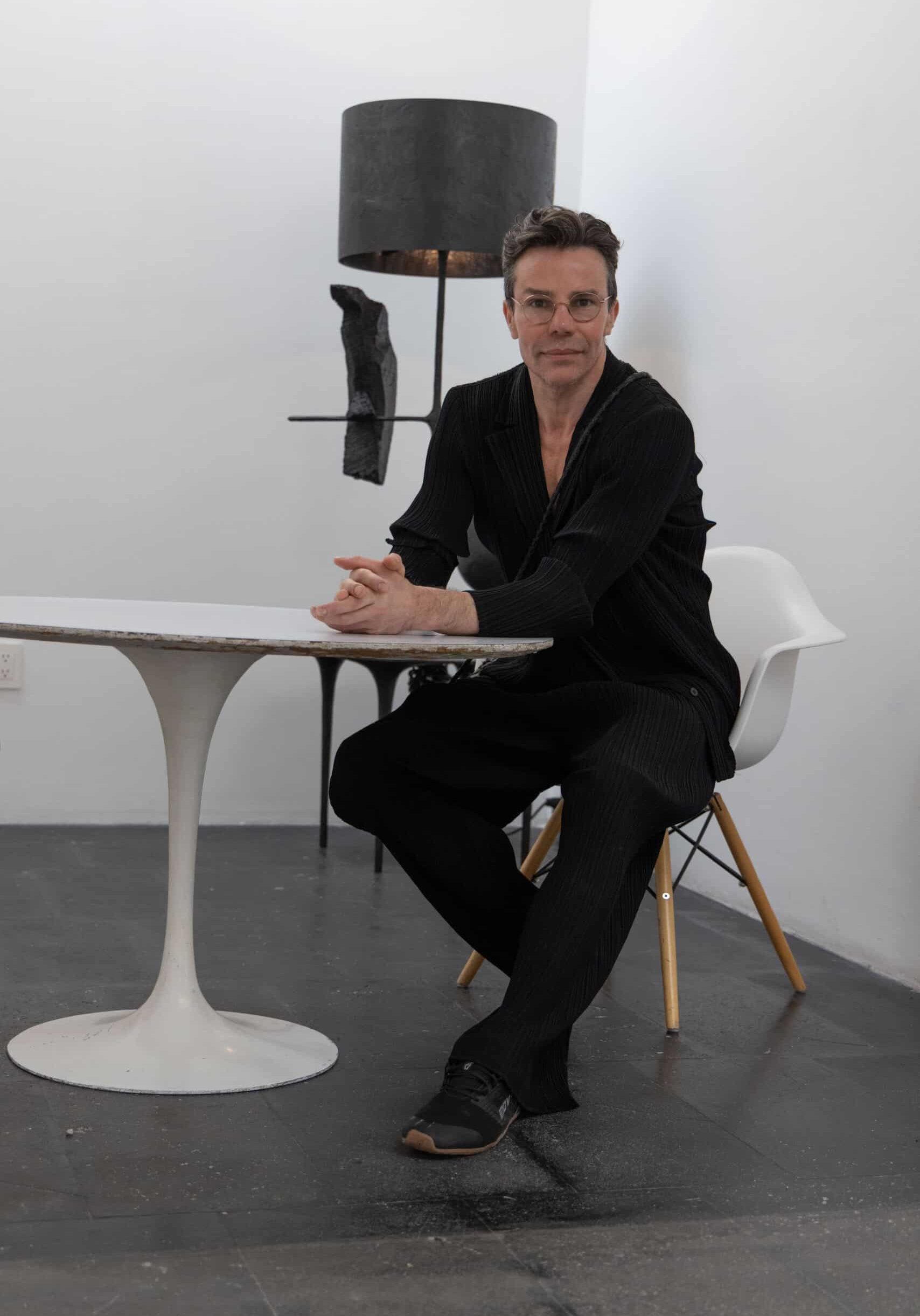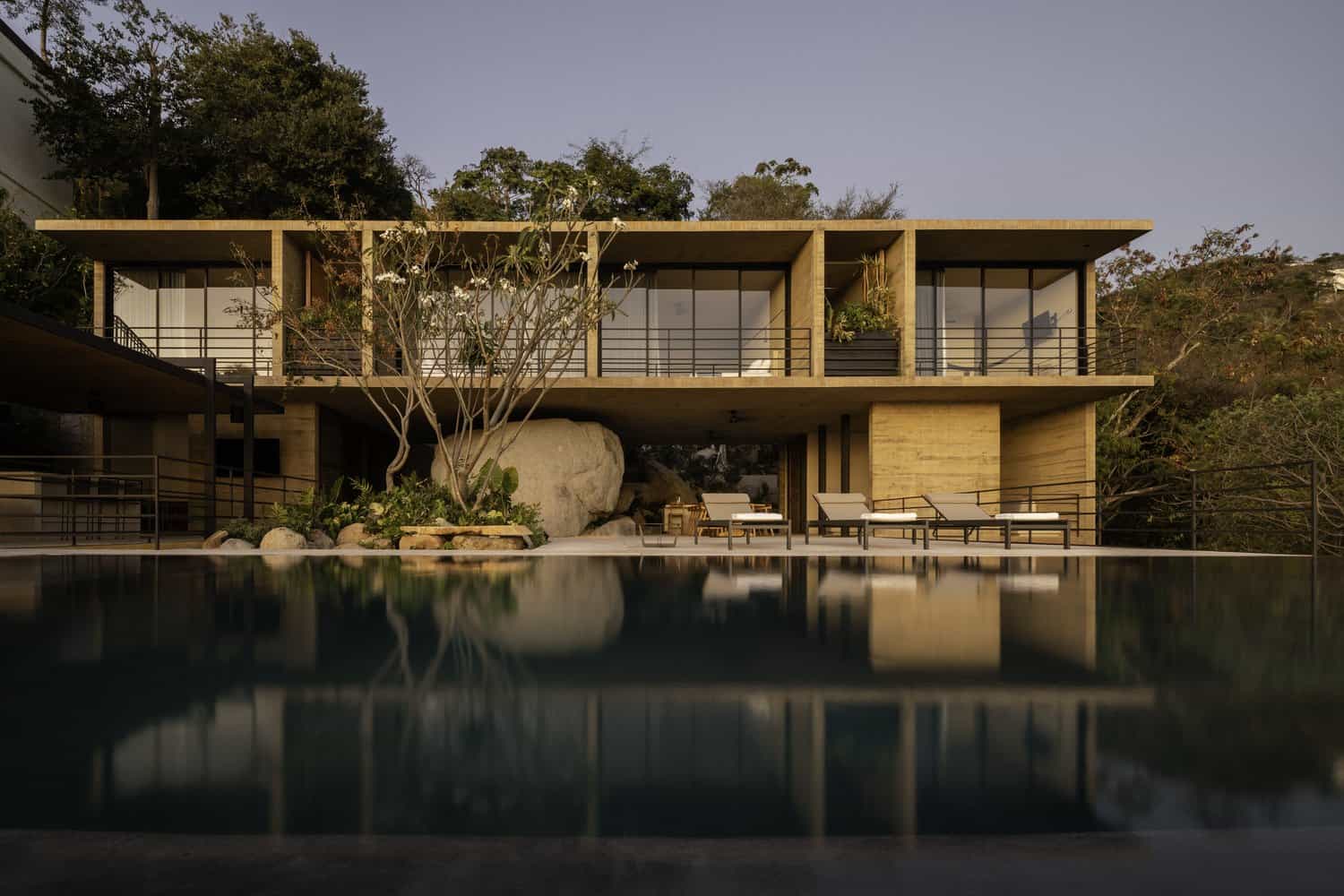
14 Visionary Female Architects
Shaping the Global Landscape
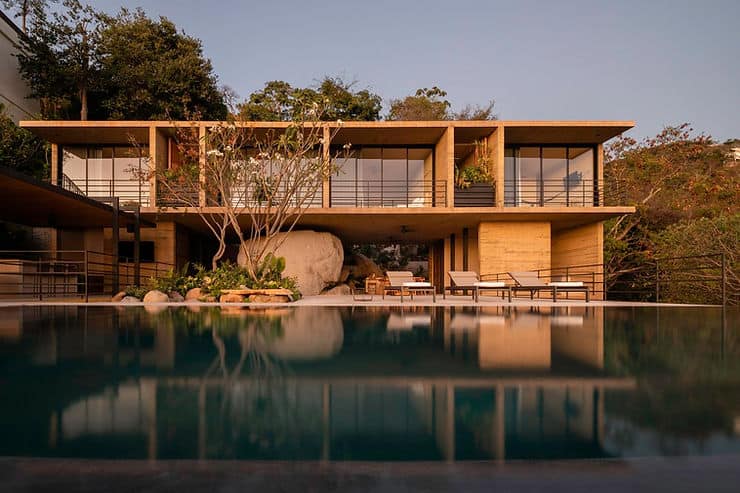
For centuries, the image of the architect has been etched in stone. A lone genius, often male, shaping the skylines of our cities. But the reality is far more nuanced, and the future of architecture is poised for a powerful shift. Enter the rising tide of female architects, their diverse voices and perspectives reshaping the very fabric of our built environment.
Spaces that tell stories
“Architecture is not just about putting up bricks and mortar.” says Maya Lin. The visionary architect behind the Vietnam Veterans Memorial. “It’s about creating spaces that tell stories, evoke emotions, and connect us to something larger than ourselves.” And it’s precisely in this storytelling. In weaving together functionality with human experience, that female architects are leaving an indelible mark.
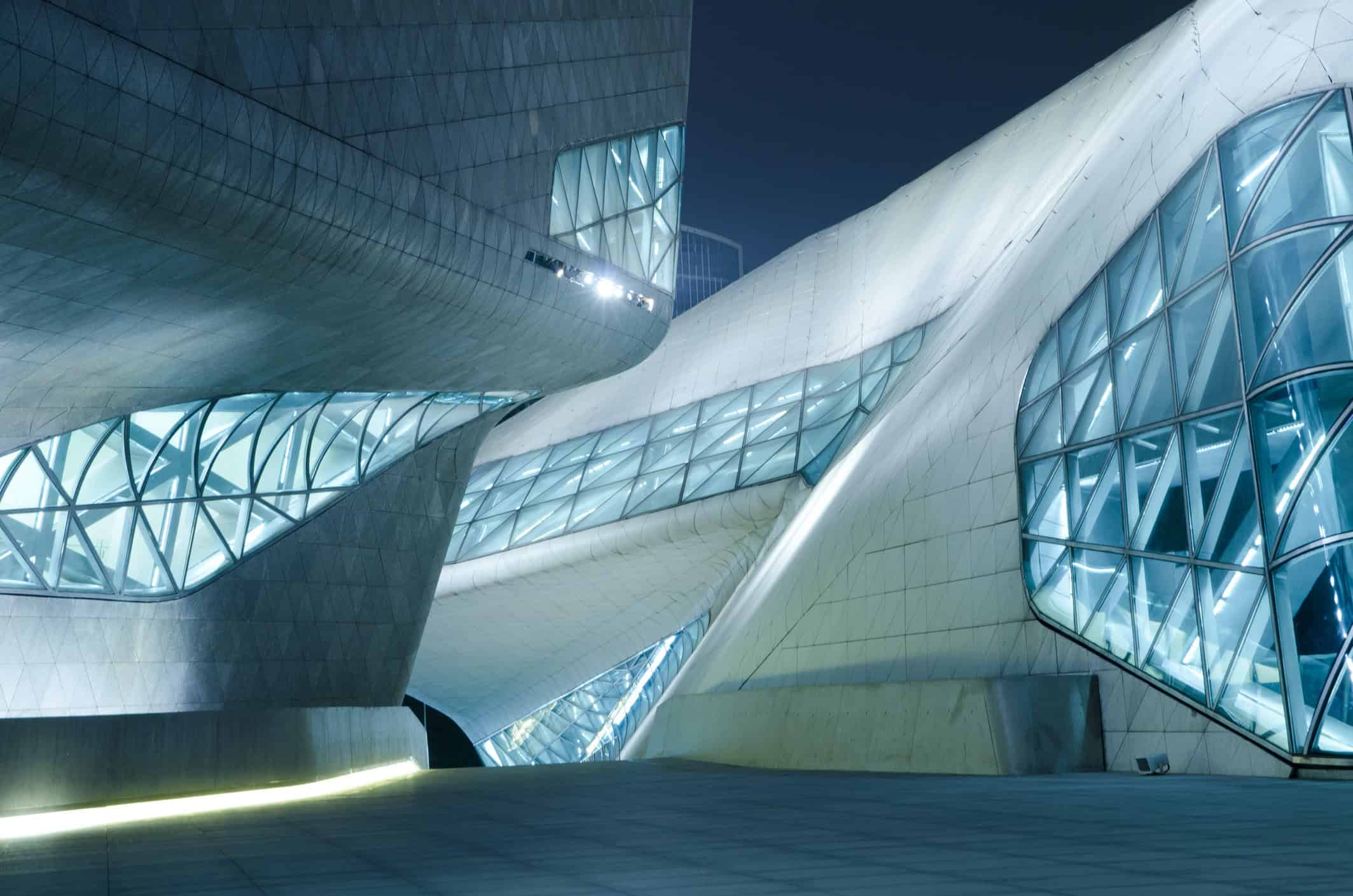
Photo by Iwan Baan Designed by Zaha Hadid
Sculptural landmarks
Consider Zaha Hadid, the Iraqi-British architect who shattered glass ceilings with her audacious, curvilinear designs. Her work, from the Guangzhou Opera House to the Heydar Aliyev Center, transcended mere functionality. Becoming sculptural landmarks that redefined the possibilities of form and space. Or look to Jeanne Gang, the Chicago-based architect whose Aqua Tower reimagined the skyscraper. Not just as a vertical extrusion, but as a dynamic, organic entity that responds to its environment.
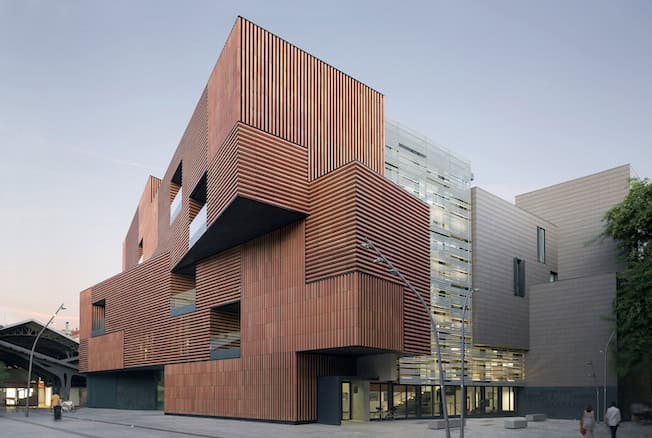
Photo by Duccio Malagamba. Designed by Carme Pinós
Livable future
The impact of female architects extends far beyond individual projects. They are pushing boundaries, challenging conventions, and bringing vital new perspectives to the table. From designing sustainable, community-oriented housing to advocating for accessible and inclusive spaces. Their work is shaping a more equitable and livable future for all.
“Women architects are bringing a much-needed focus on social impact and community engagement to the field,” says Toshiko Mori. The Pritzker Prize-nominated architect known for her innovative use of wood and her commitment to sustainability. “We are designing not just buildings, but spaces that foster connection, well-being, and a sense of belonging.”
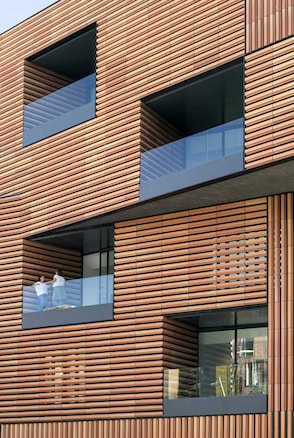
Photo by Duccio Malagamba. Designed by Carme Pinós
This shift in perspective is not simply about adding more women to the field, though that is crucial. It’s about recognizing the unique value they bring. The diversity of thought and experience that enriches the architectural landscape as a whole. As we move forward, we must continue to recognize the achievements of female architects. Past and present, and champion their continued rise. In their hands, the future of architecture promises to be not just beautiful, but also more just, sustainable, and human-centered.
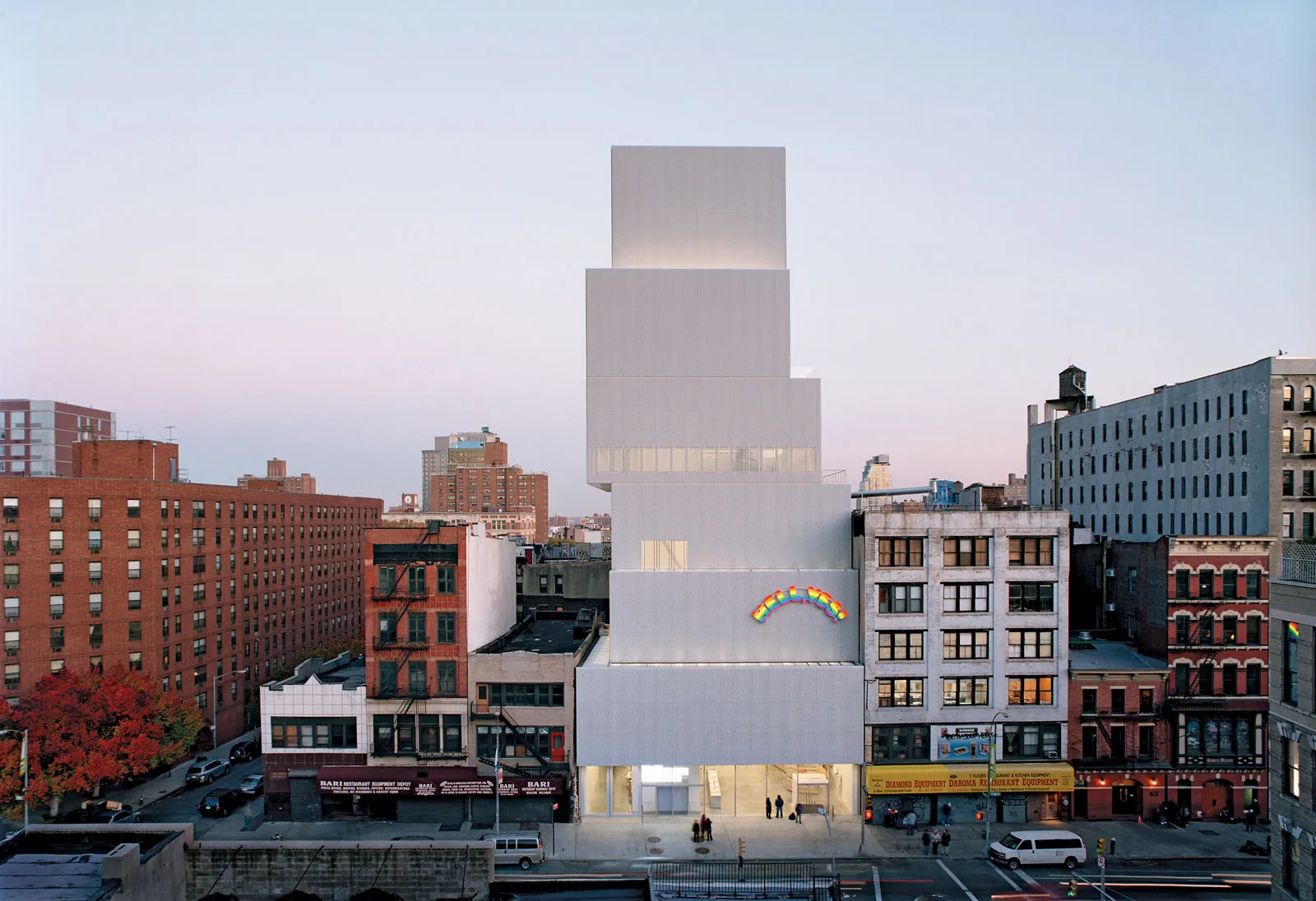
Photo by Dean Kaufman , Designed by Kazuyo Sejima
1. Mariam Kamara (Burkina Faso):
Where others see limitations, Kamara, founder of Atelier Masomi, sees potential. Her award-winning earthbag school in rural Burkina Faso is a testament to her belief in design that empowers communities. By utilizing local materials and traditional techniques. She not only creates sustainable and culturally relevant learning spaces but also fosters a sense of ownership and pride, transforming education from simply receiving knowledge to actively shaping the future.
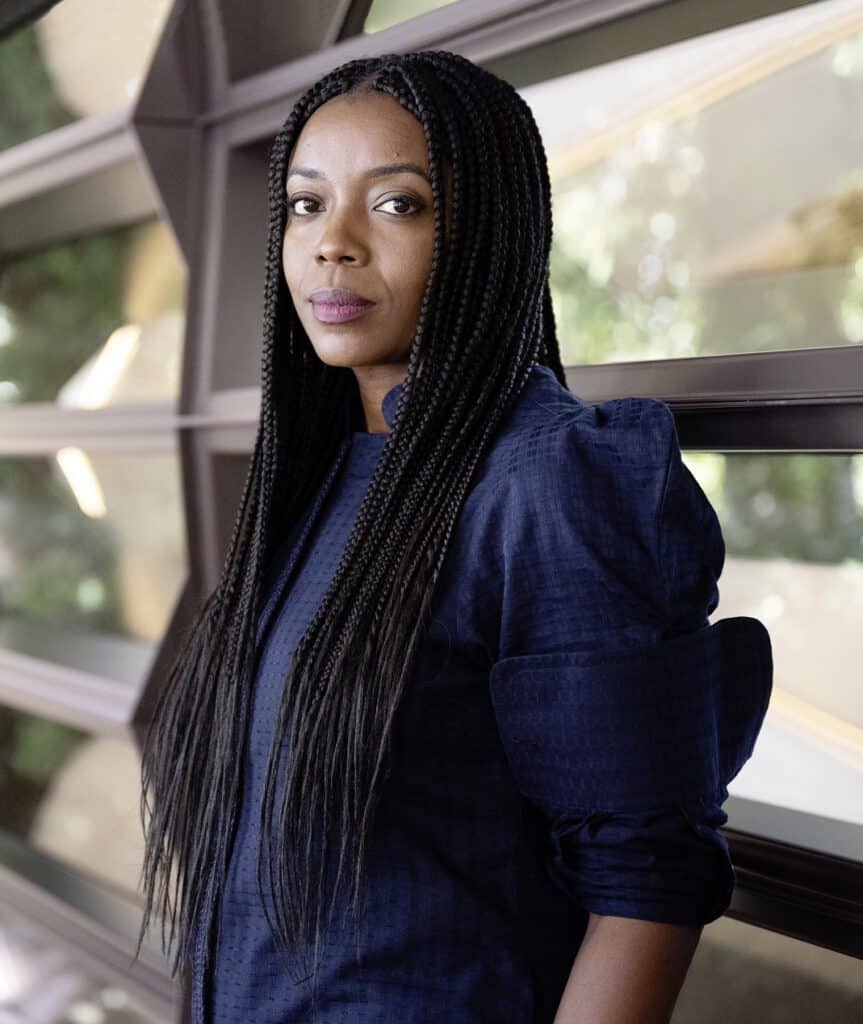
Photo by Stephane Rodrigez Delavega
2. Carme Pinós (Spain):
Pinós is an architect who thrives on pushing boundaries. Her structures are anything but conventional, often characterized by bold and expressive forms that challenge our preconceived notions of space. The CaixaForum Zaragoza, clad in an intricate concrete facade that resembles woven fabric, exemplifies her innovative and artistic approach. Blurring the lines between art and architecture, and creating structures that are as much sculptures as they are functional buildings.
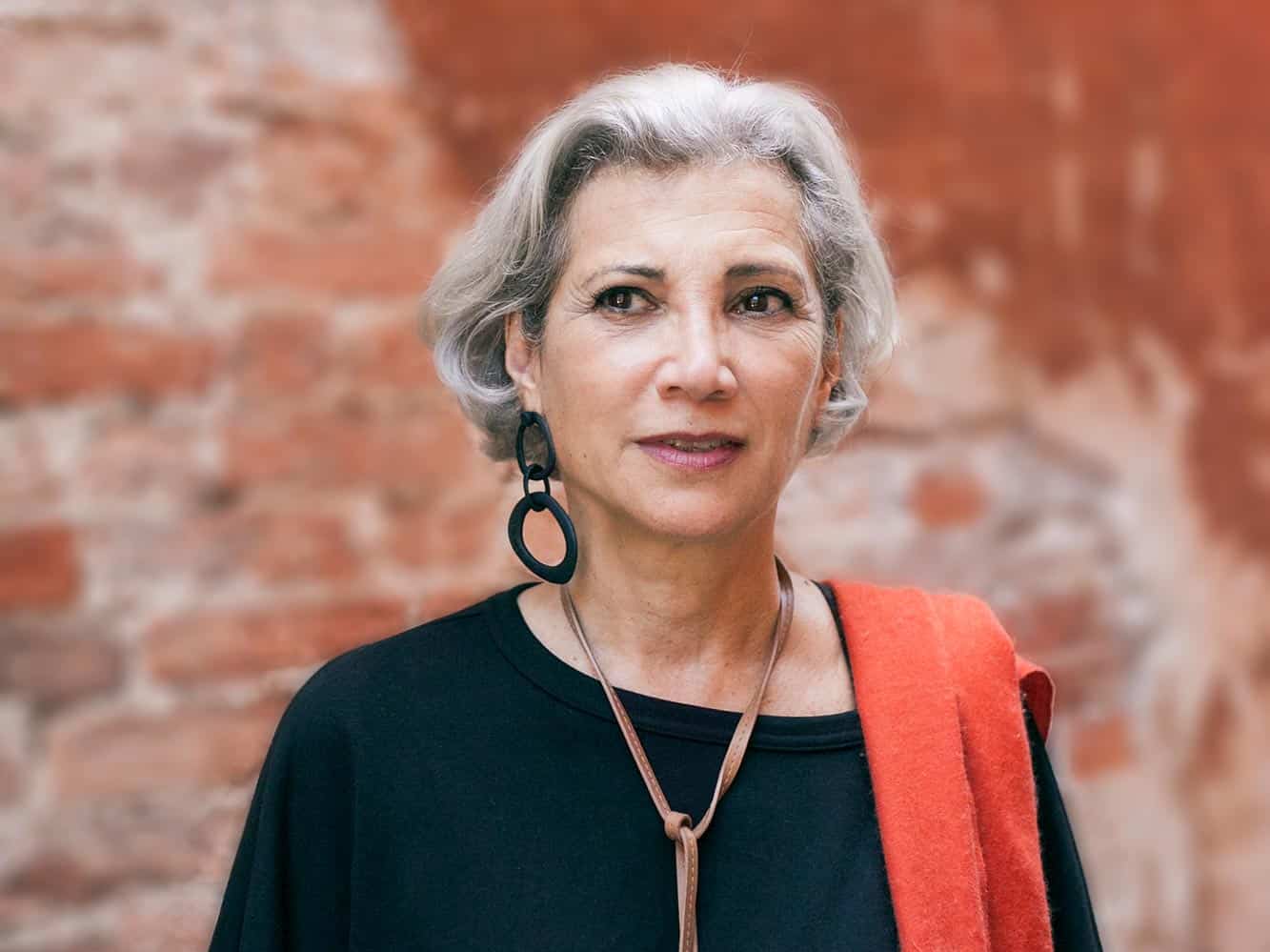
Photo by Tjaša Kalkan
3. Elizabeth Diller (United States):
As co-founder of Diller Scofidio + Renfro, Diller’s work transcends mere buildings. Becoming immersive experiences that redefine our understanding of urban spaces. The High Line, a repurposed railway transformed into a vibrant public park. Showcases her ability to breathe new life into forgotten landscapes. This iconic project, a testament to her transformative vision. Has not only revitalized a neglected area but also become a symbol of urban renewal and community engagement.
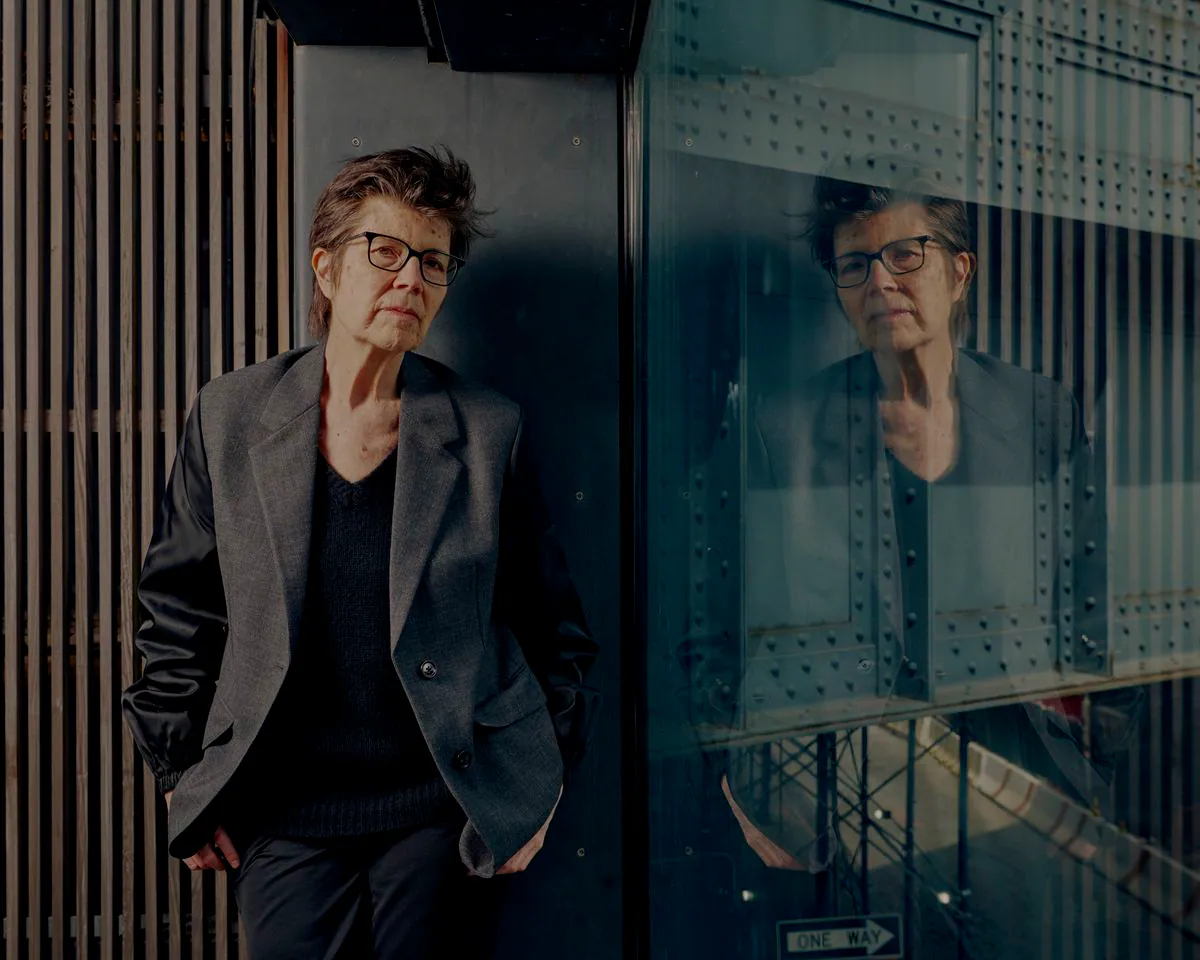
Photo by Vincent Tullo
4. Kazuyo Sejima (Japan):
Co-founder of SANAA, Sejima’s designs are like whispers on the wind. Characterized by a minimalist aesthetic and a seamless integration with nature. The Serpentine Pavilion 2009, a transparent and delicate structure that seems to dissolve into its surroundings, exemplifies her poetic approach. Her work, where light and nature become integral elements of the architectural experience. Embodies a connection to the environment that transcends mere functionality, creating spaces that are both ethereal and deeply human.
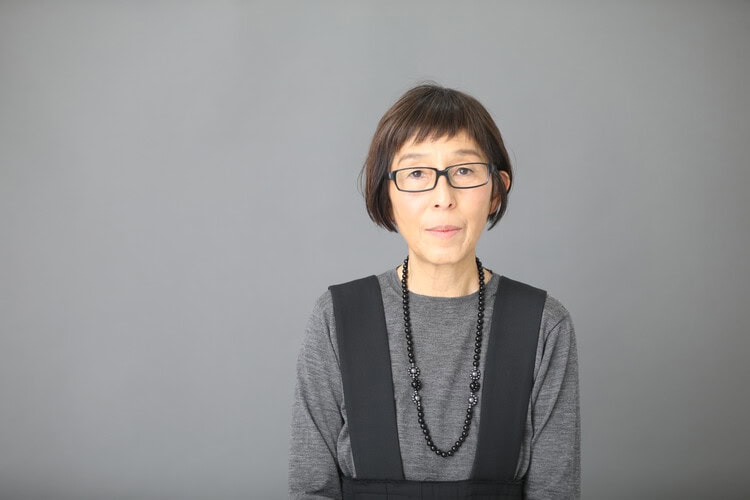
Photo by Aiko Suzuki
5. Annabelle Selldorf (Germany):
For Selldorf, the devil is in the details. Her meticulous attention to materiality and craftsmanship is evident in every project. From the Neue Nationalgalerie in Berlin, a masterful renovation of a modernist landmark, to intimate residential spaces. Her work embodies a timeless elegance, where form and function are in perfect harmony. Creating spaces that are not just aesthetically pleasing but also deeply personal and enduring.
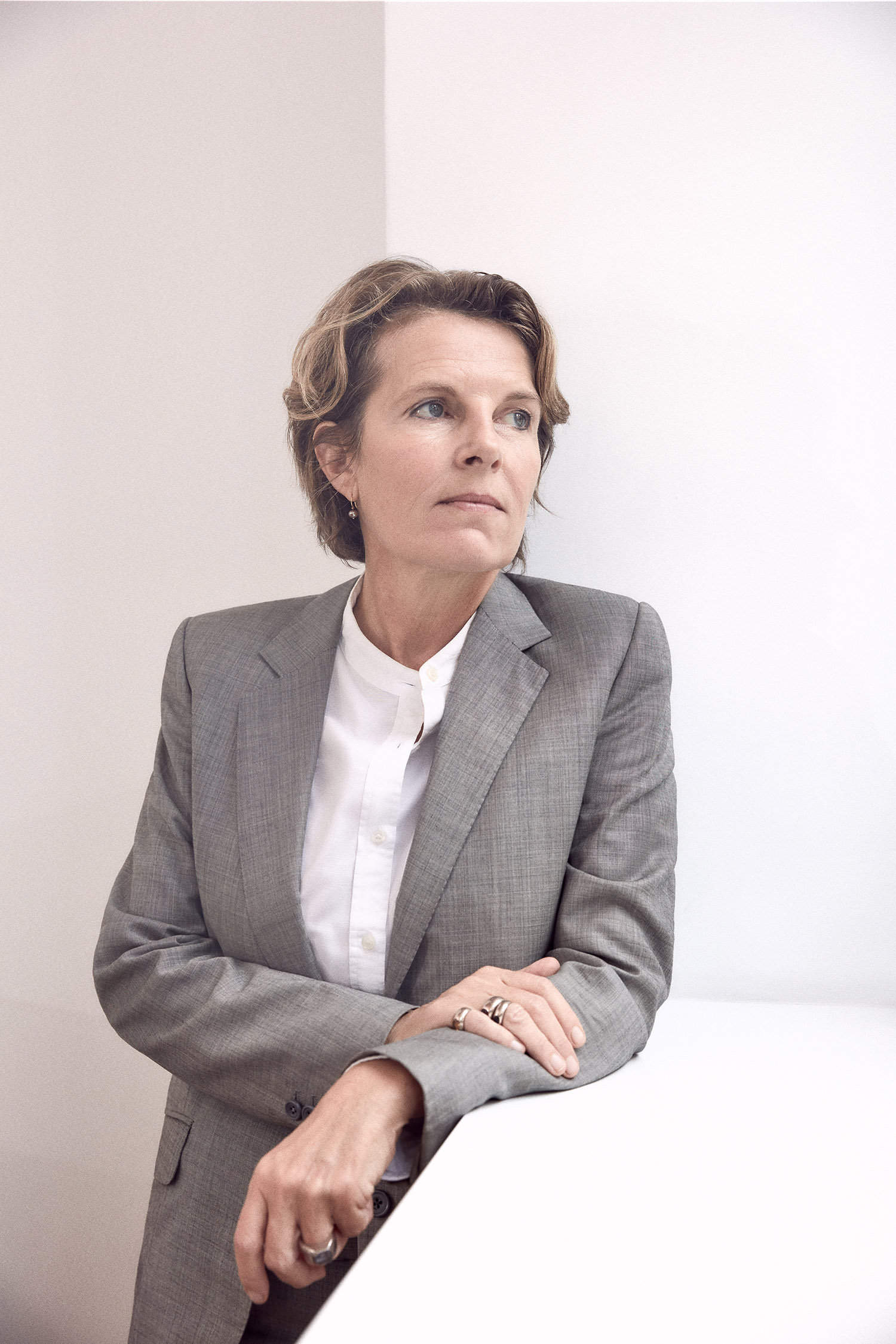
Photo by Balarama Heller
6. Jeanne Gang (United States):
Sustainability is the cornerstone of Gang’s design philosophy. As founder of Studio Gang, her work pushes the boundaries of environmentally conscious architecture. The Aqua Tower in Chicago, with its undulating balconies resembling plant life, is a striking example of her bio-inspired approach. Gang’s buildings are not just structures, but living organisms that exist in symbiosis with their environment. Showcasing the potential of design to create a more sustainable future.
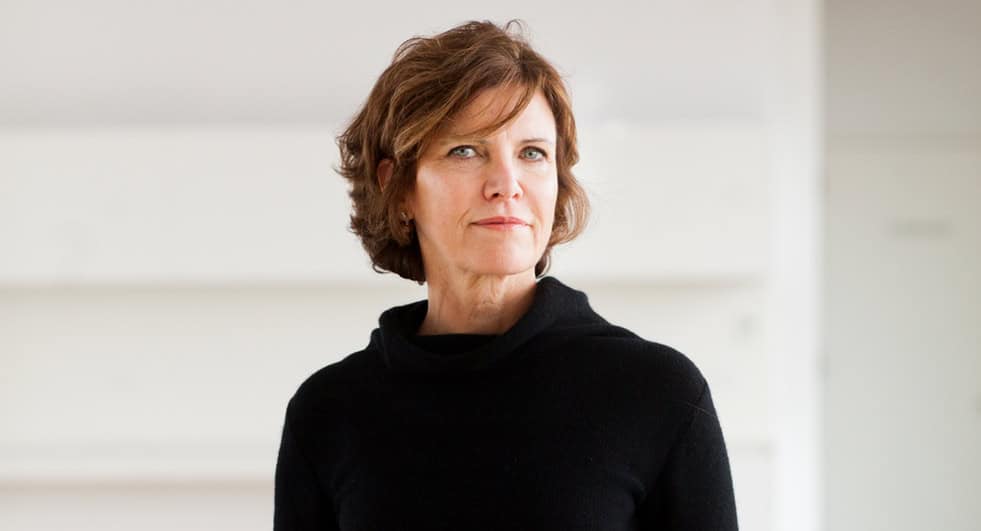
Photo by Sally Ryan
7. Shahira Fahmy (Egypt):
Fahmy’s architecture is a tapestry woven from diverse threads. Drawing inspiration from both her Egyptian heritage and global influences. Her diverse portfolio ranges from traditional courtyard houses that echo the rich cultural heritage of her homeland to the Delfina Foundation expansion in London. A project that showcases her ability to engage in a wider dialogue while remaining sensitive to local needs. Her work is a testament to the power of architecture to bridge cultures. Creating spaces that are both familiar and innovative.
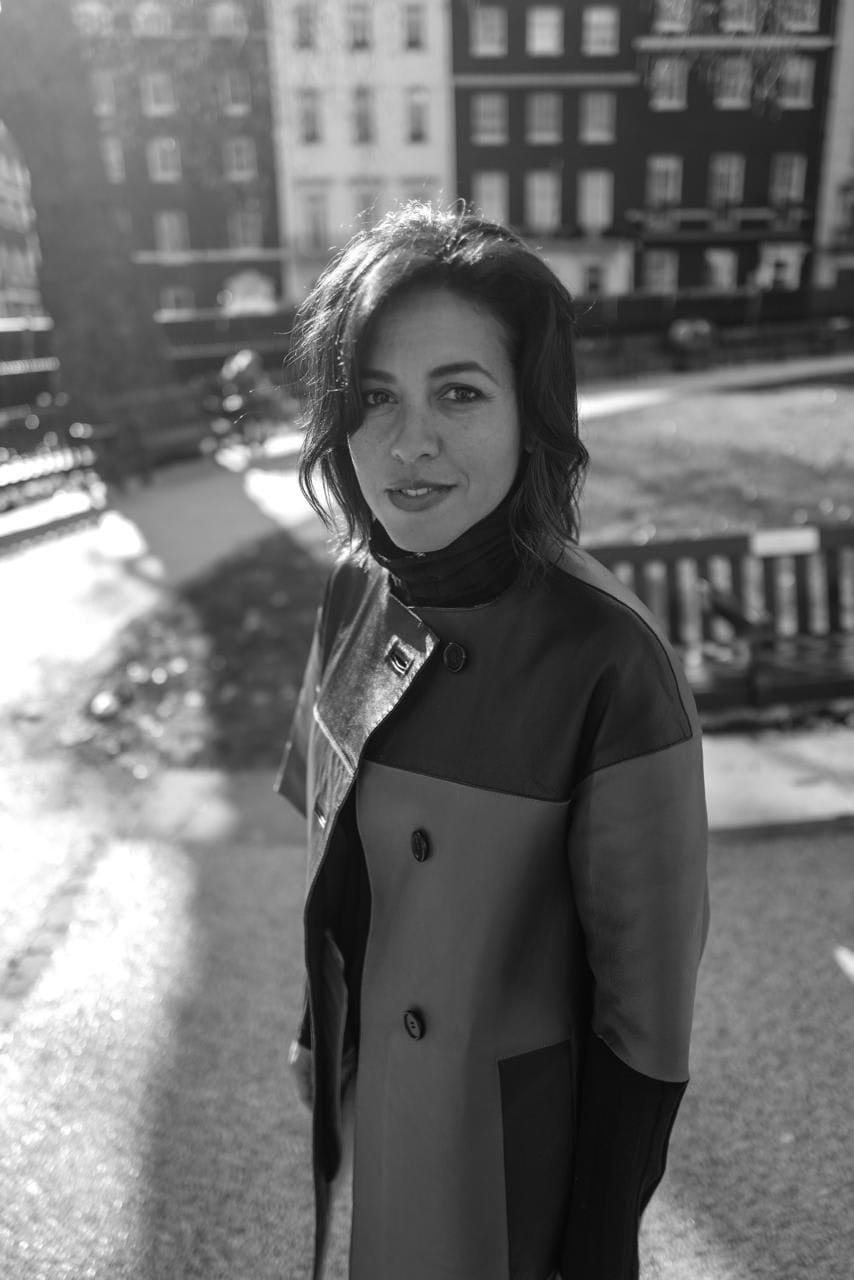
Photo by Misan Harriman
8. Marianne McKenna (Canada):
As co-founder of KPMB Architects. McKenna designs buildings that are not just structures, but integral parts of their surrounding landscapes. The Ismaili Centre in Toronto, with its geometric design influenced by Islamic traditions, exemplifies her sensitivity to context and community. Her work fosters a sense of belonging and harmony between nature and human spaces. Creating buildings that resonate with their surroundings and enrich the lives of those who use them.
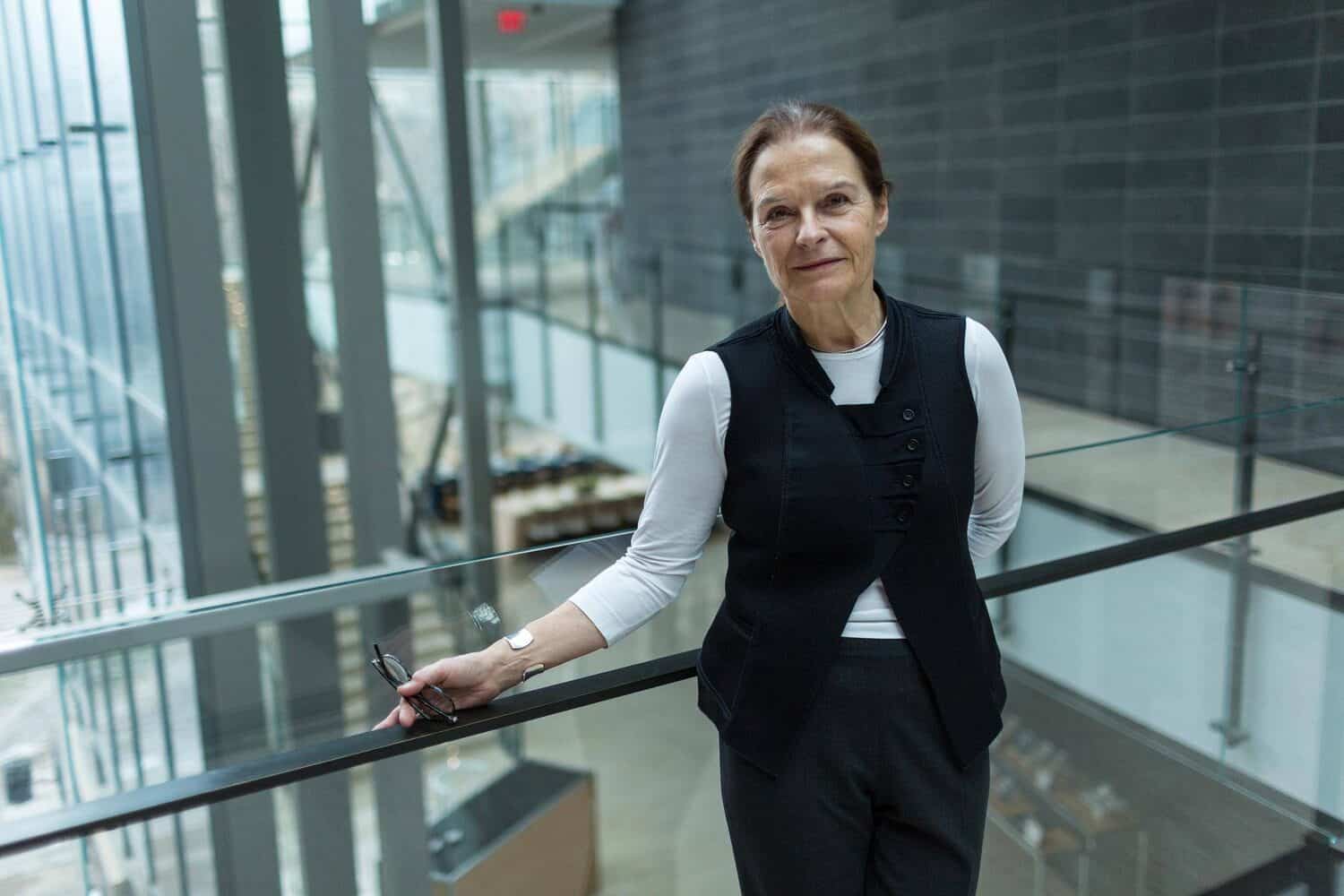
Photo by Liam Maloney
9. Patricia Urquiola (Spain):
Comfort and elegance go hand in hand in Urquiola’s designs. As a renowned architect and designer, she creates spaces that are both functional and aesthetically pleasing. The Mandarin Oriental Hotel Barcelona, with its culturally-inspired interiors. Showcases her ability to blend luxury with a touch of local flair. Resulting in spaces that are both inviting and sophisticated. Her work is a testament to the belief that design can enhance our experience of the world. Creating environments that are not just beautiful but also deeply humanizing.
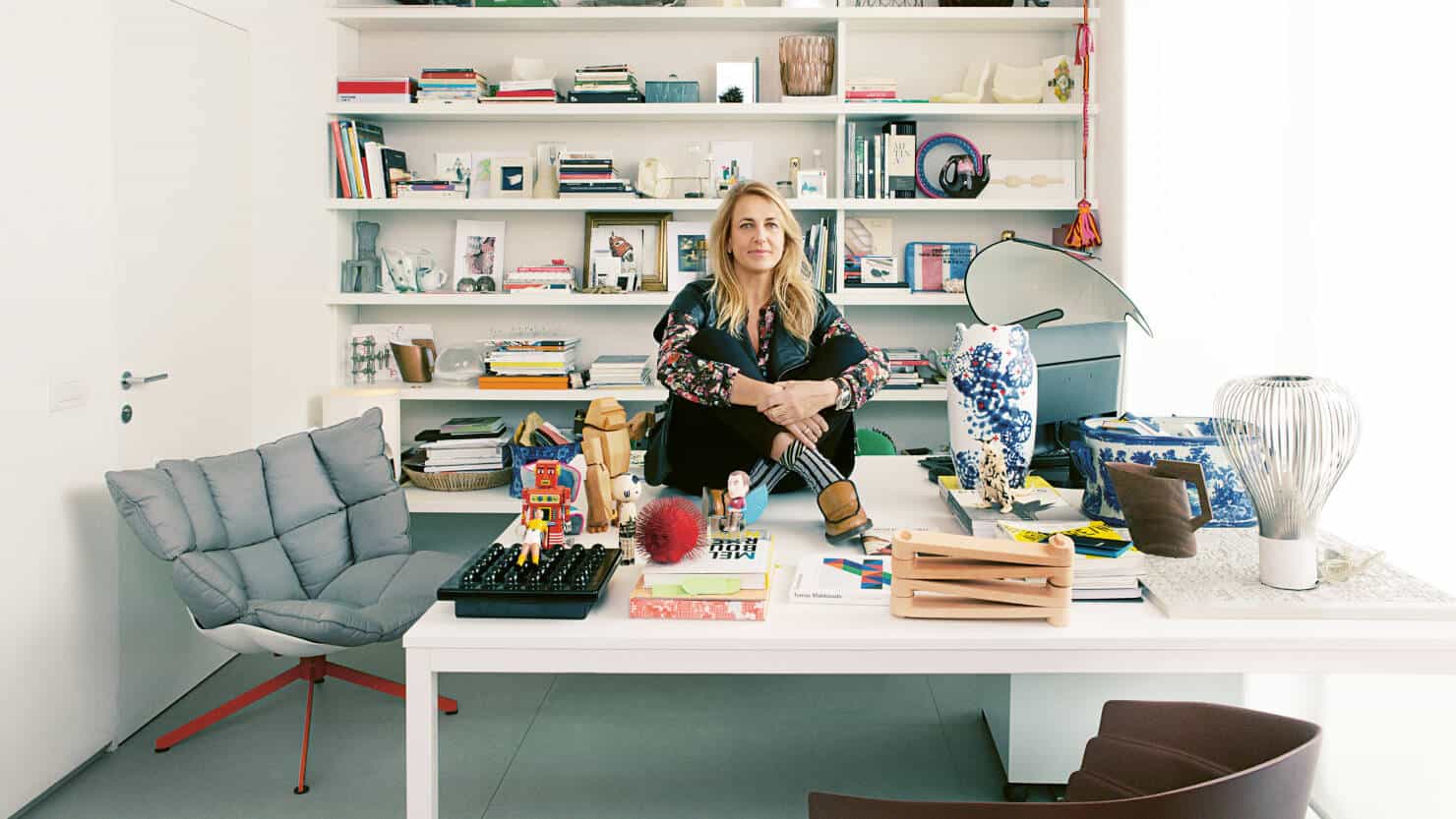
Photo by Marco Craig
10. Rossana Hu (China):
Hu believes that design has the power to create positive social impact. As founder of MDDM Studio, her work focuses on community engagement and social impact. The Hutong Kindergarten in Beijing, with its playful and open spaces, is a testament to her commitment to creating enriching environments for children. Her work demonstrates the potential of design to go beyond aesthetics and function. Becoming a tool for social change and creating a more equitable world.
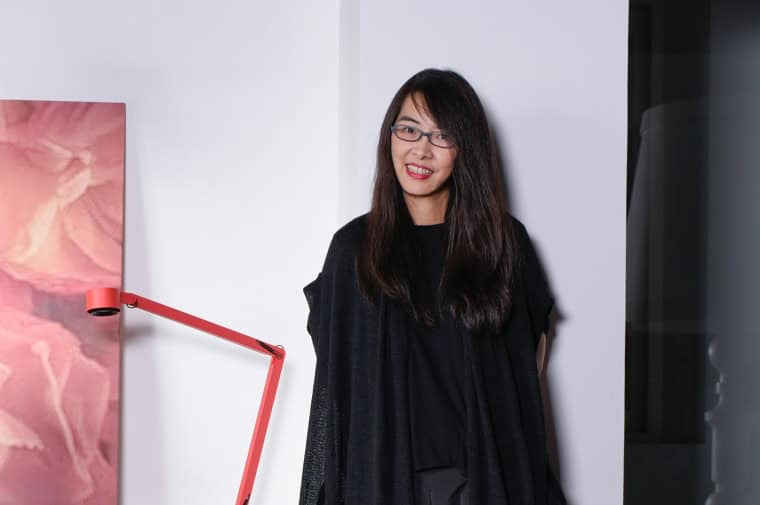
Photo by Thierry Coulon
11. Toshiko Mori (Japan):
Mori’s architecture is a dialogue between human experience and the natural world. Founder of Rural Studio, she builds with local communities, utilizing sustainable materials. With traditional techniques to create structures that are both beautiful and environmentally responsible. The Moriyama House, a thatched-roof residence that seamlessly blends with its forested surroundings, embodies her philosophy of “design with nature.”
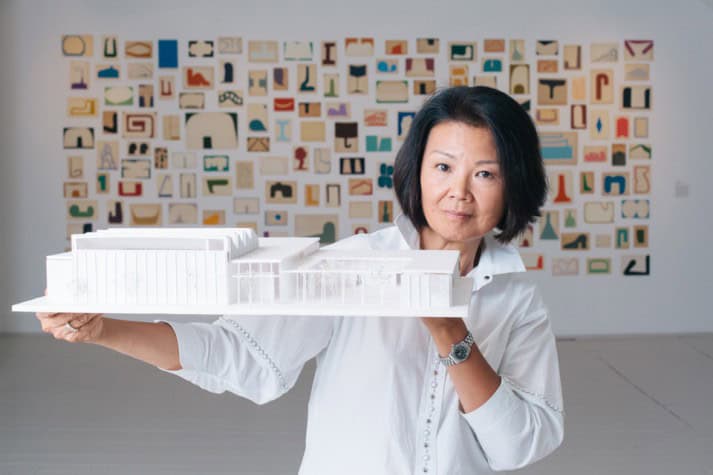
Photo by Jonathan Laurence
12. Maya Lin (USA):
Known for her powerful and thought-provoking memorials, Lin’s work has redefined the genre. The Vietnam Veterans Memorial, a black granite wall inscribed with the names of fallen soldiers. Exemplifies her minimalist approach and ability to create spaces that evoke contemplation and emotional connection. Her diverse portfolio also includes landscape architecture, environmental art, and architectural design. Showcasing her commitment to social impact and environmental awareness.
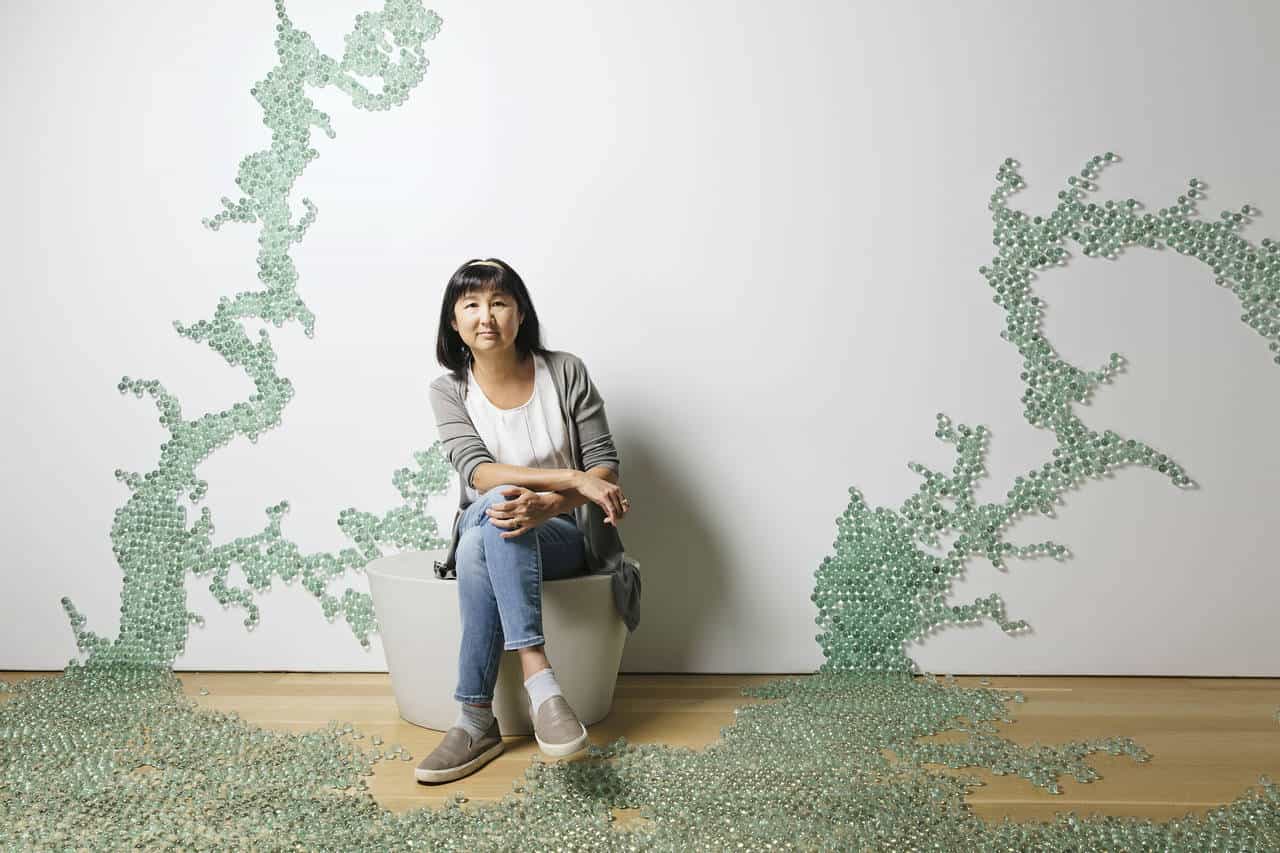
Photo by Jesse Frohman
13. Carla Juaçaba (Brazil):
Inspired by local context and sustainability, Juaçaba’s architecture champions social impact. The Mirante do Morro da Cruz, a lookout point offering panoramic views of Rio de Janeiro. Exemplifies her innovative approach to community engagement and urban regeneration. This project, built with recycled materials and designed with community participation. Serves as a beacon of social responsibility and environmental awareness.
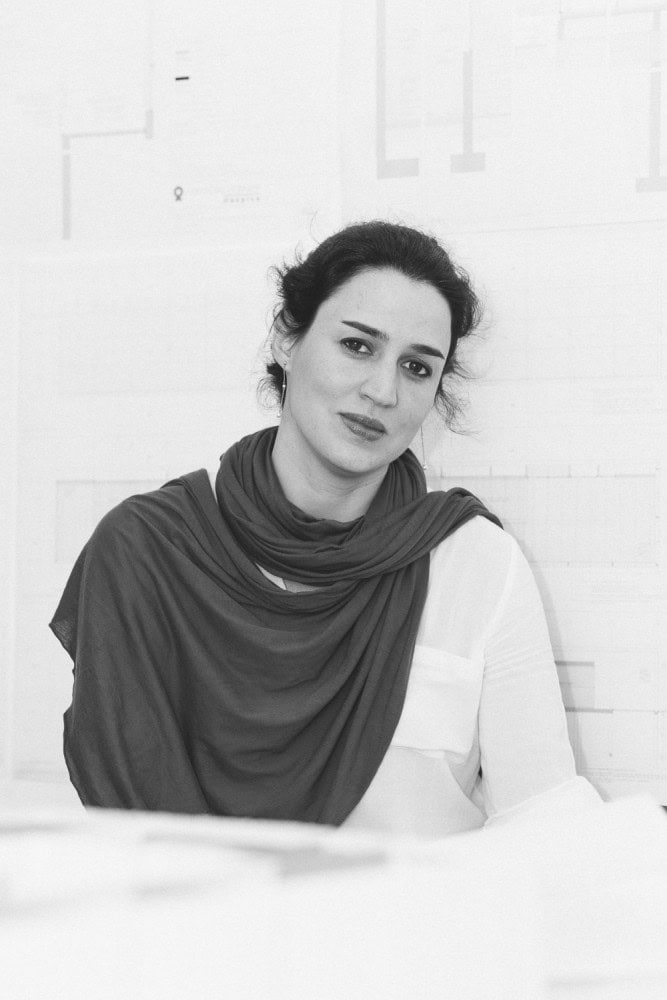
Photo by Javier Agustin Rojas
14. Gabriela Carrillo (Mexico):
With a focus on cultural identity and social transformation, Carrillo’s architecture seeks to empower communities. The Community Center in San Lucas Xochimancas, Oaxaca, Mexico, showcases her commitment to community-driven design and culturally responsive spaces. This project, built with local materials and traditional techniques. Provides much-needed resources and fosters a sense of belonging and pride within the community. Her work serves as a powerful example of how architecture can be a tool for social change and empowerment.
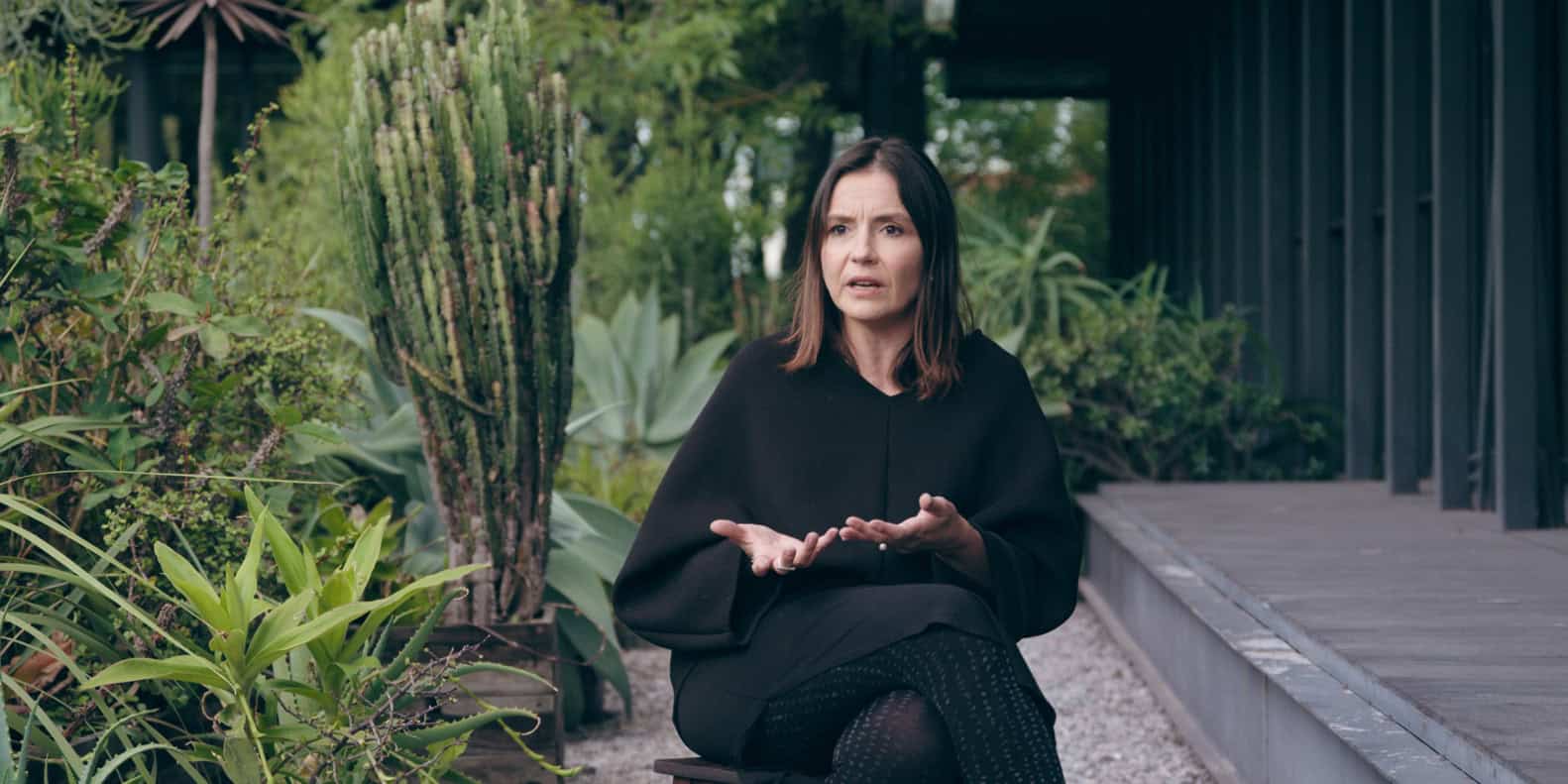
Photo by Boris Noir
These women are just a microcosm of the incredible talent and diversity that exist in the world of architecture. Their work is not just about creating beautiful buildings, but also about shaping the world we live in. Making it more sustainable, equitable, and inspiring. As we move into the future, it is essential to continue to amplify the voices of these trailblazers. Supporting the next generation of female architects who are ready to change the world.
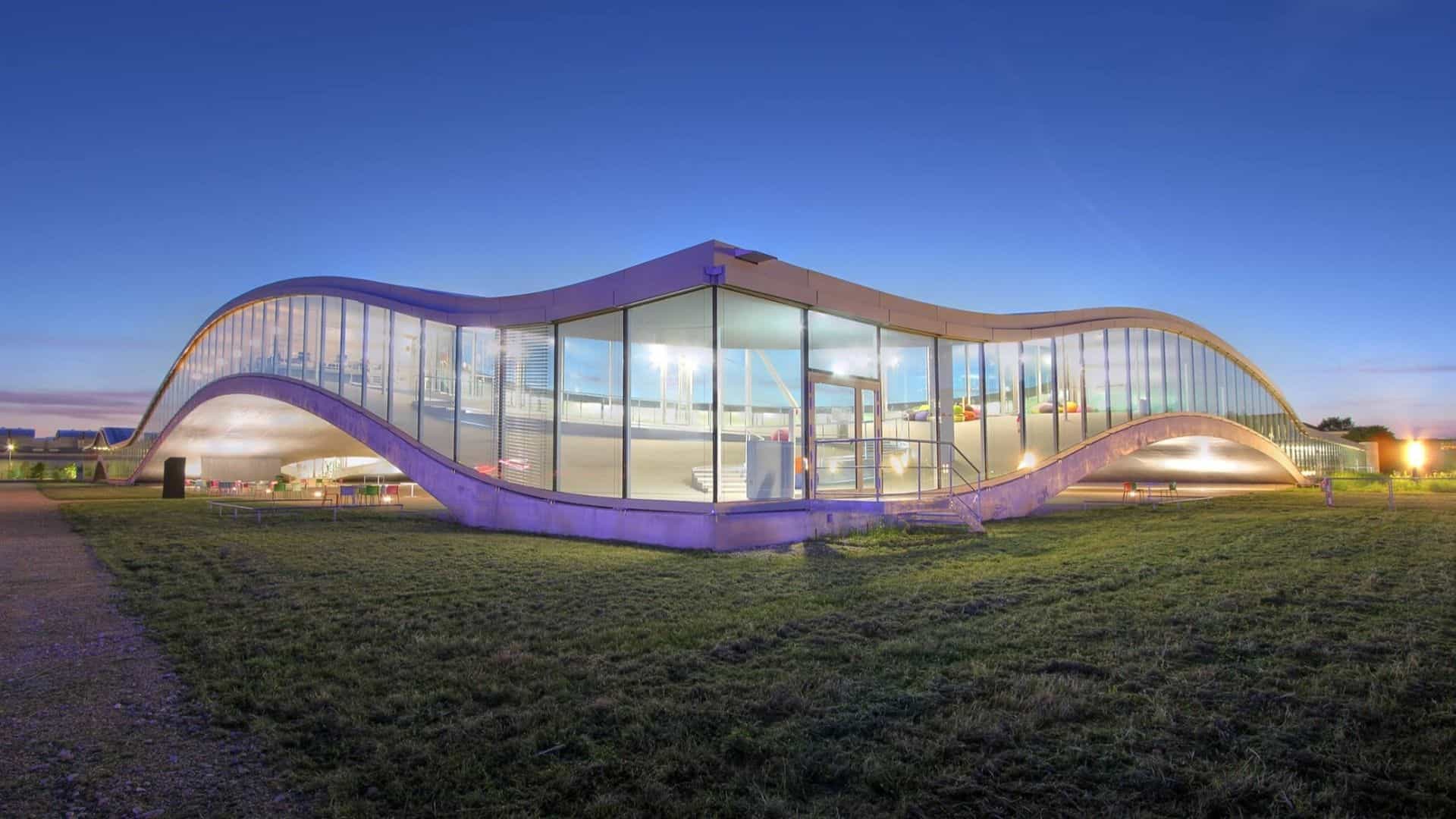
Photo by DesignWanted , Designed by Kazuyo Sejima
Note: It’s important to acknowledge that while this list features 14 architects. There are many more talented and deserving individuals are not listed now but IRK Living will be featuring in the future.
Share this post
Patrick Duffy is the founder of Global Fashion Exchange, a company catalyzing positive impact through strategic consulting roadmaps focusing on supply chain transparency, worker rights, responsible production for B2B as well as consumer facing programming and community building focusing on aligning people or communities with the SDGs.
Experience developing networks and activating ideas, guiding creative teams globally, and working with institutions like the Victoria and Albert Museum and UNESCO, and iconic spaces such as Federation Square Melbourne, Madison Square Garden, Bryant Park in New York City, and The Dolby Theatre in Los Angeles.
Patrick has produced clothing swaps all over the world from, with GFX Active in over 100 countries. Each GFX event focuses on building community, education and transformational business models. Partnering with global brands, key stakeholders, and academia to help create awareness and positive impact through conscious consumption
Patrick harnesses the power of media to create positive social and environmental impact. Through storytelling, education, and advocacy, he raises awareness, inspires action, to catalyze change. By highlighting issues and solutions, Patrick creates strategic campaigns to engage audiences, influence attitudes and behaviors, and contribute to a more sustainable and just world. Additionally, Patrick is the Sustainability and Positive Impact Director of Paris based @IRKMagazine and Editor In Chief of @IRKLiving
Patrick has produced and co-curated events and marketing/PR campaigns for recognized brands across art, fashion, and tech spaces including @virginhotels @britishfashioncouncil @mspdid @moethennessy @microsoft @lagosfashionweekofficial @perutradenyc @fashionimpactfund @istitutomarangonidubai @peaceboatus @lisboafashionweek and more spanning 15 years and hundreds of events in 5 continents.
Read Next

